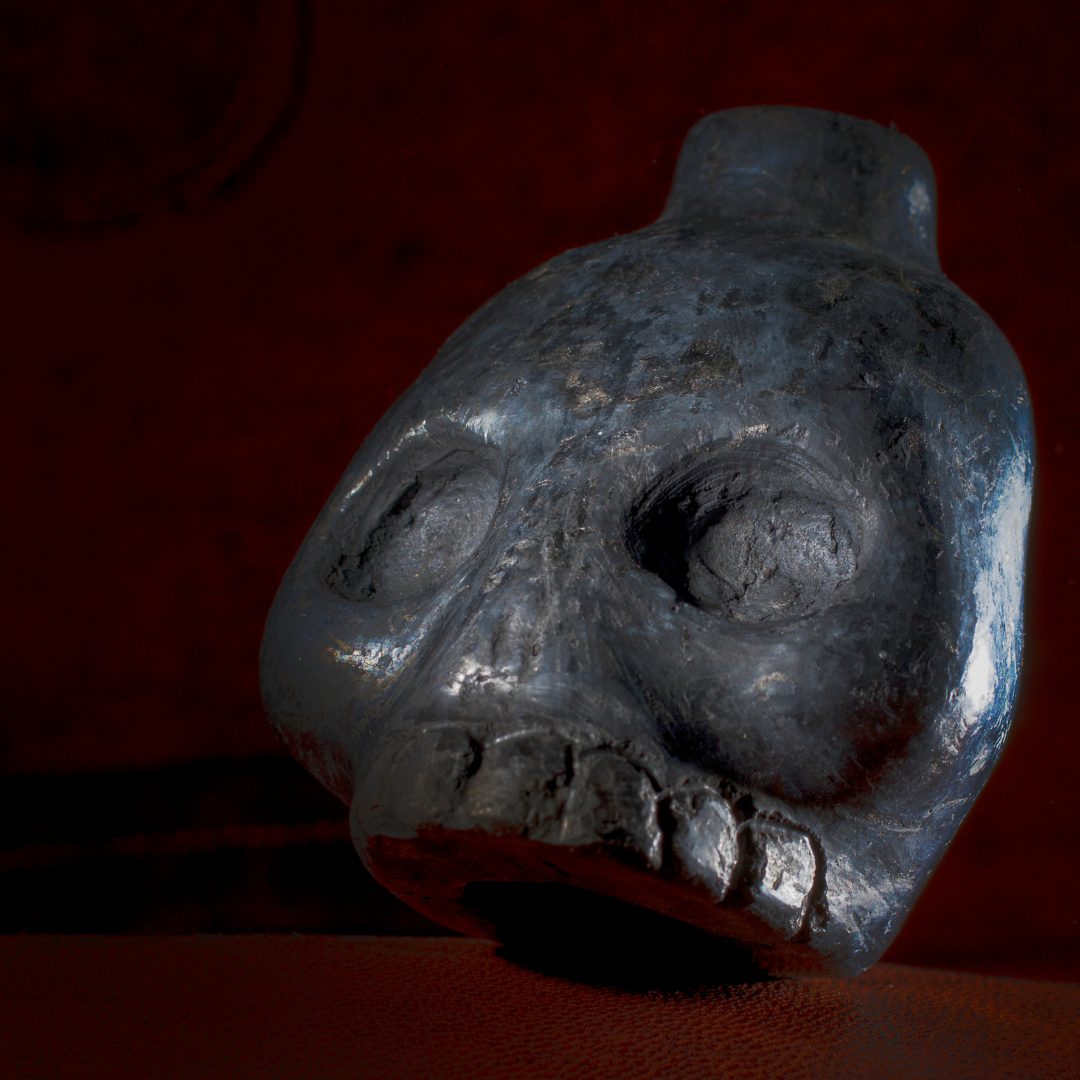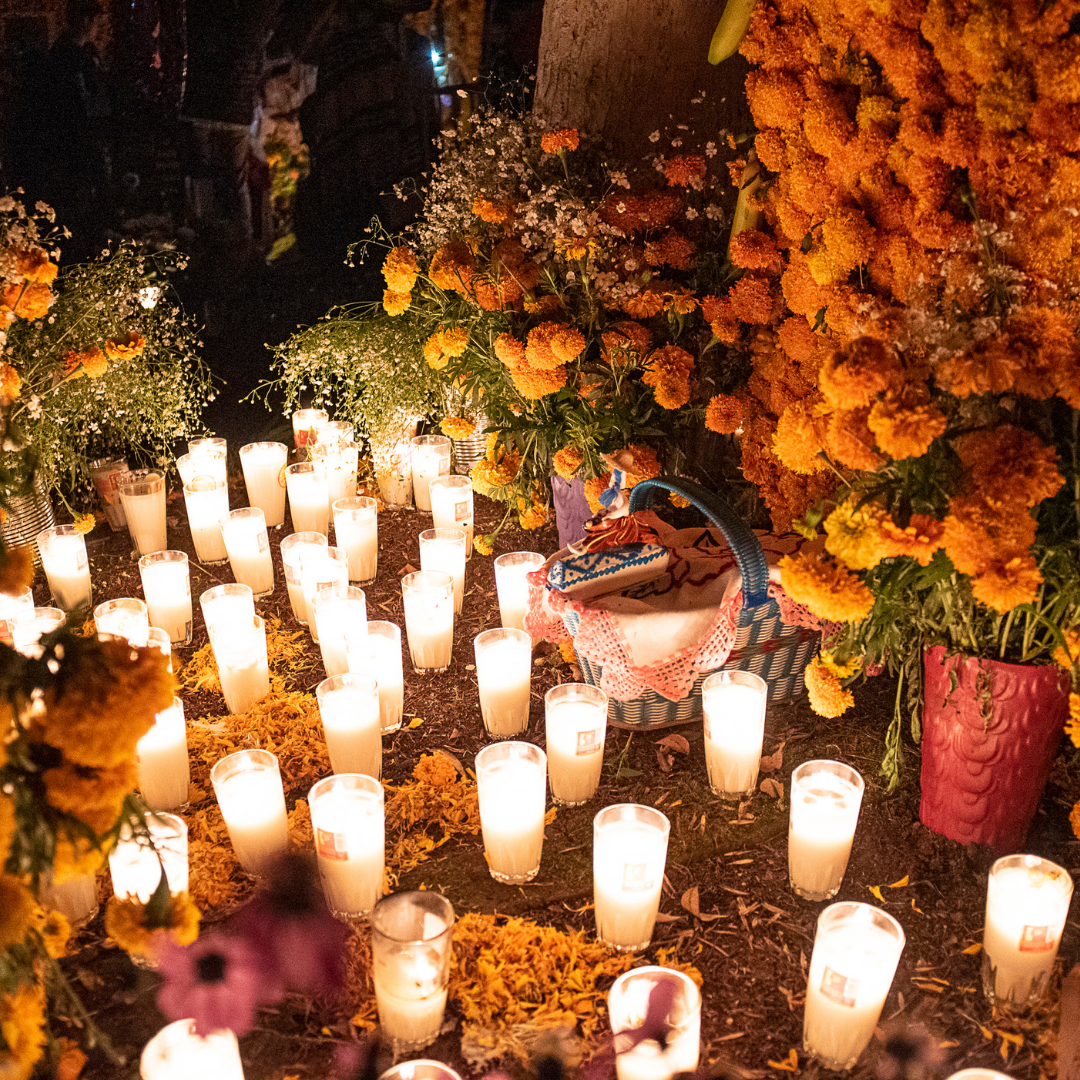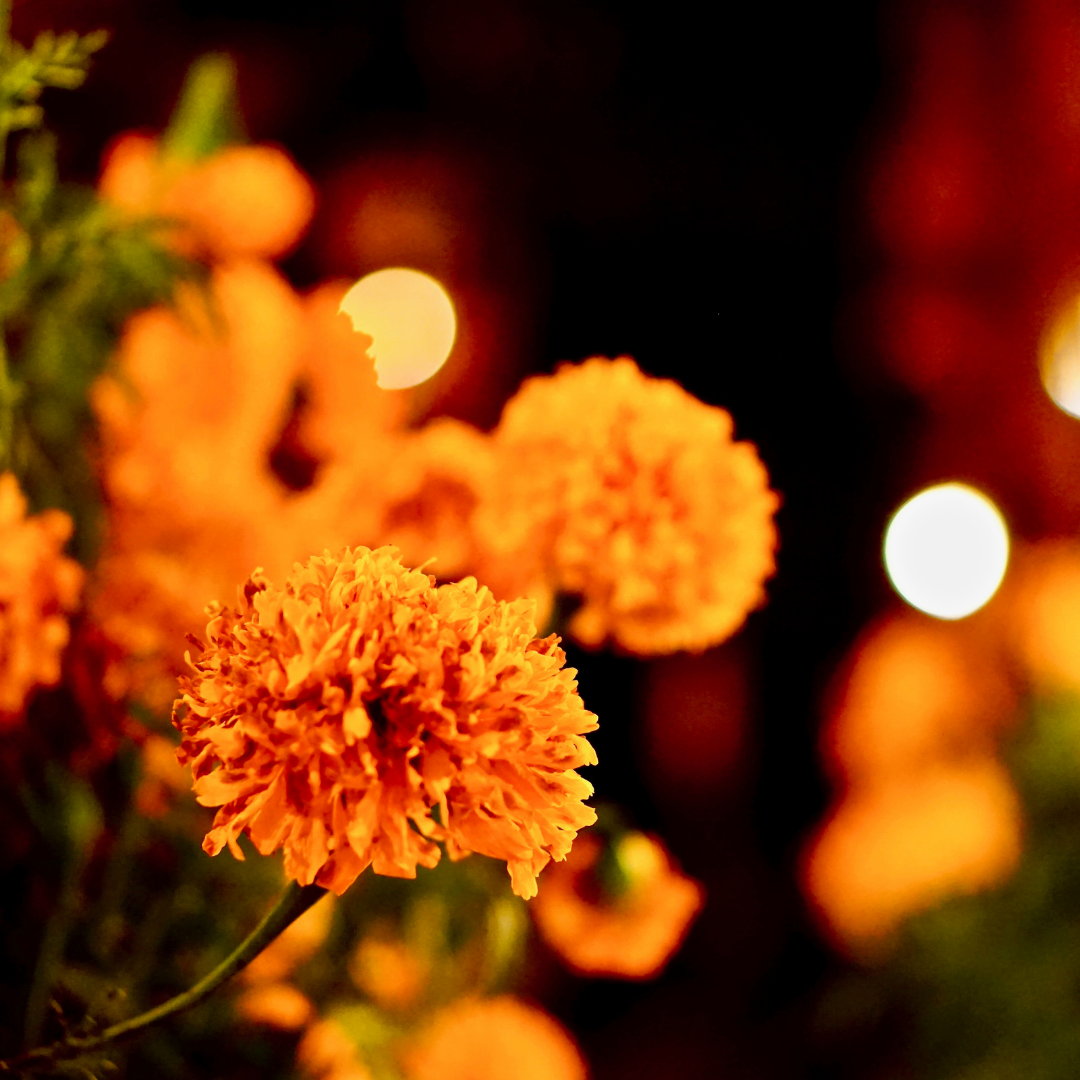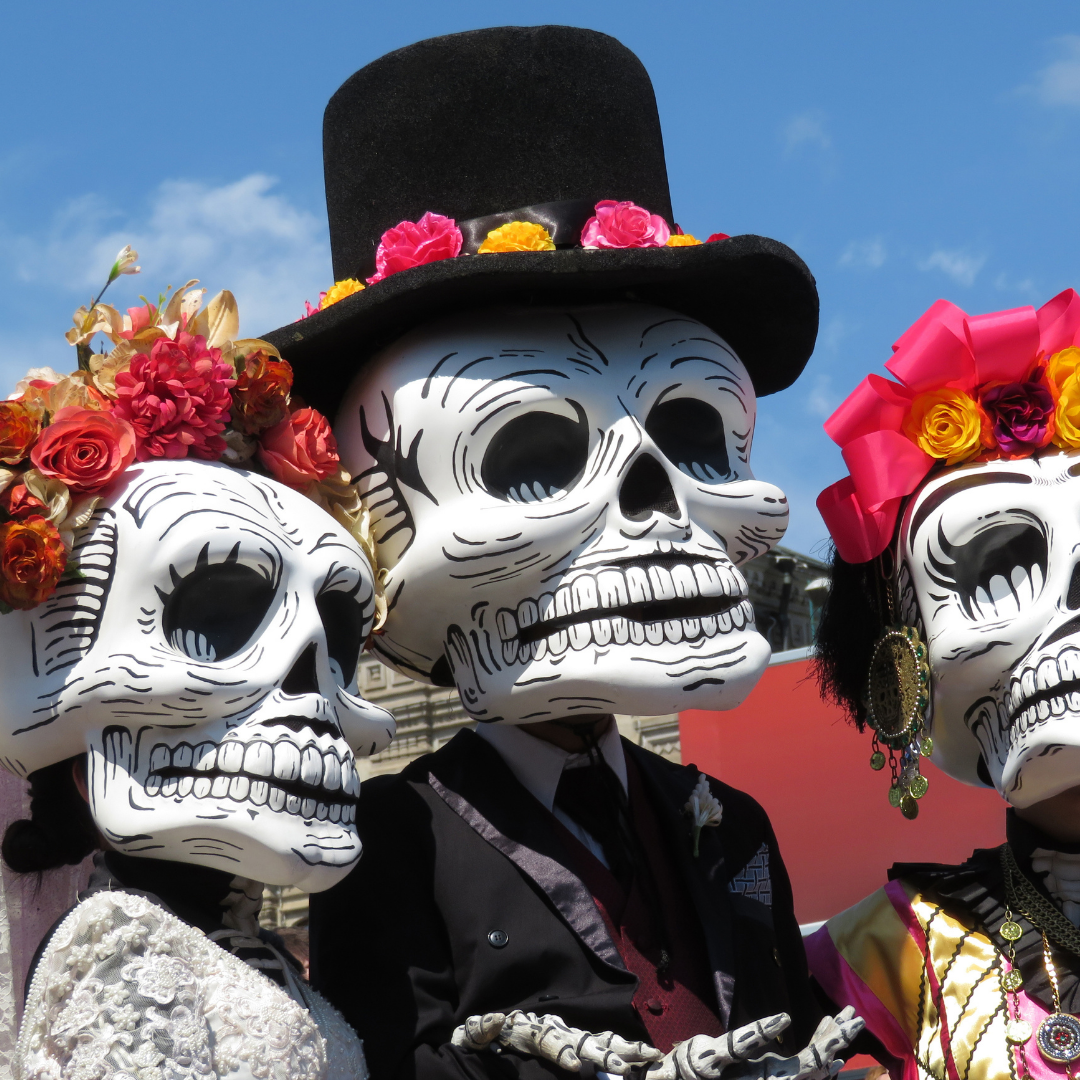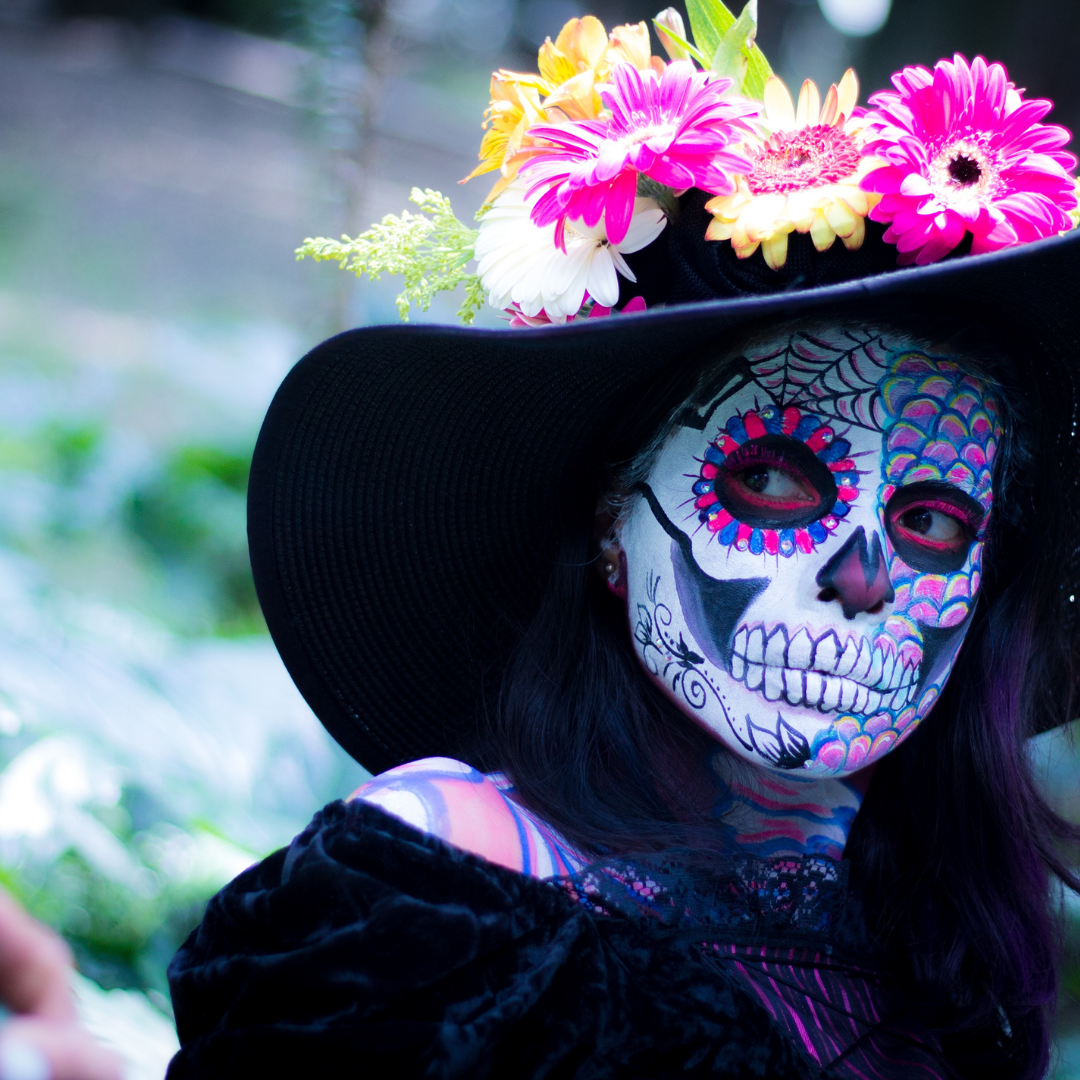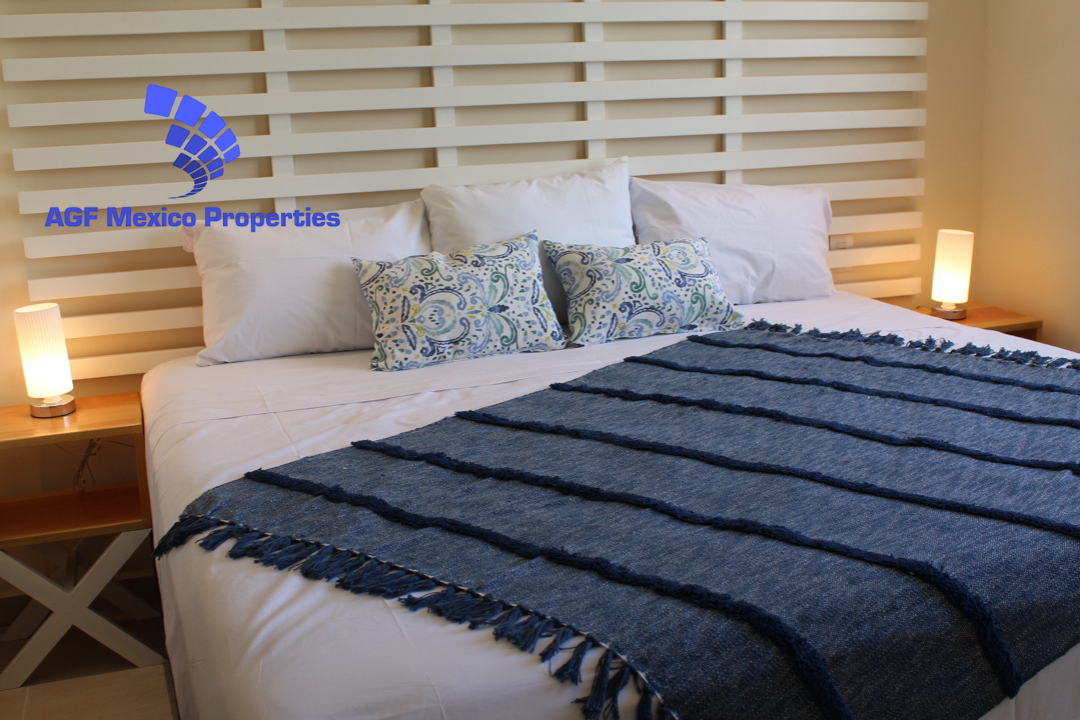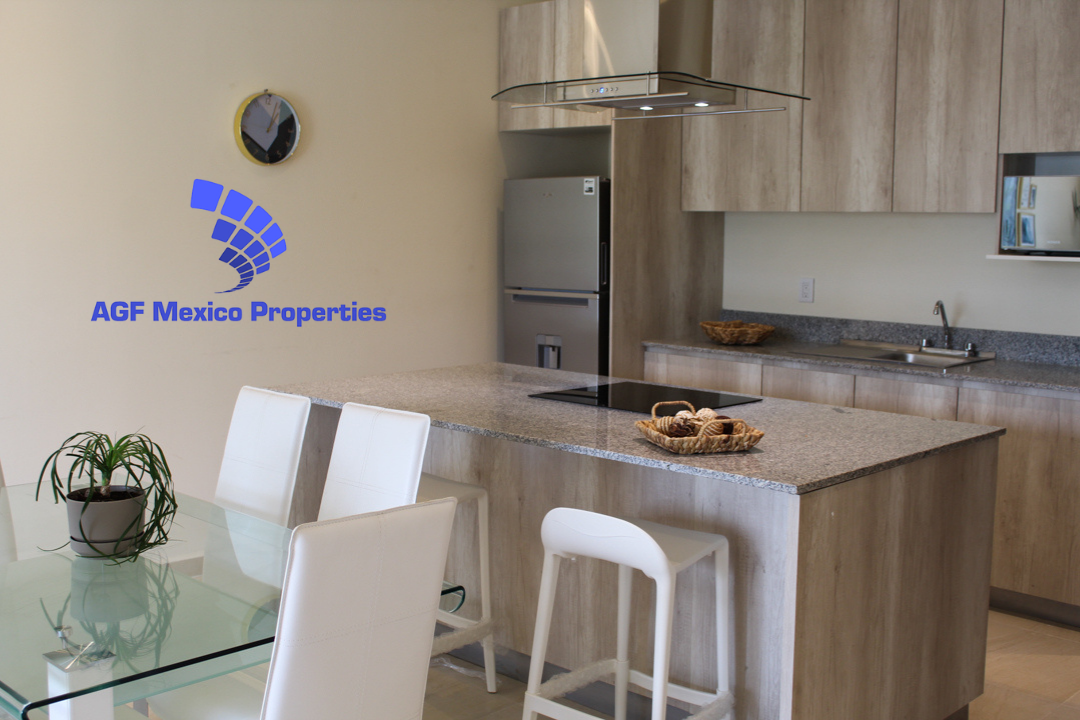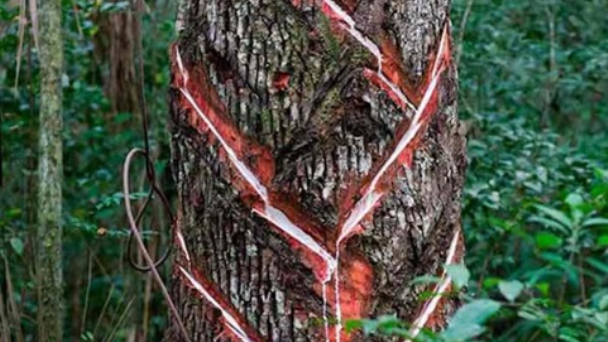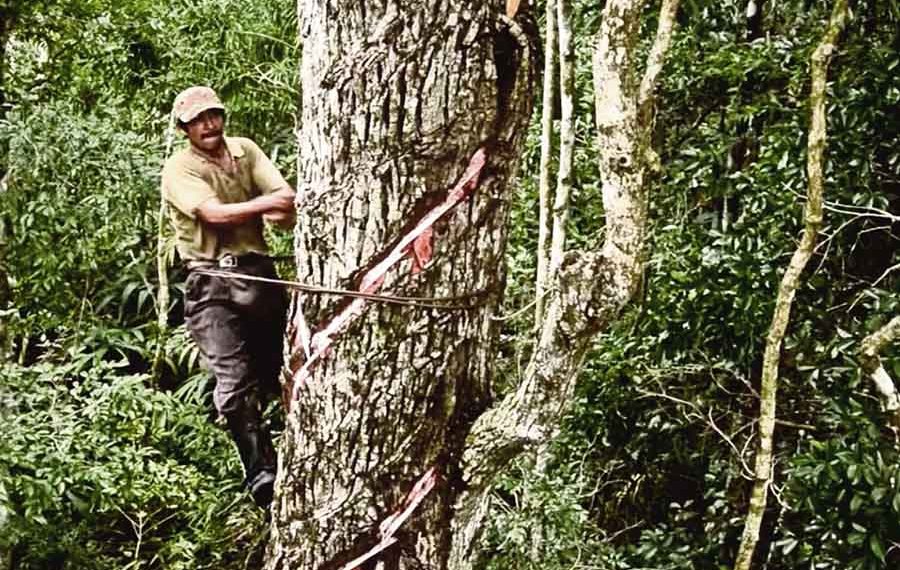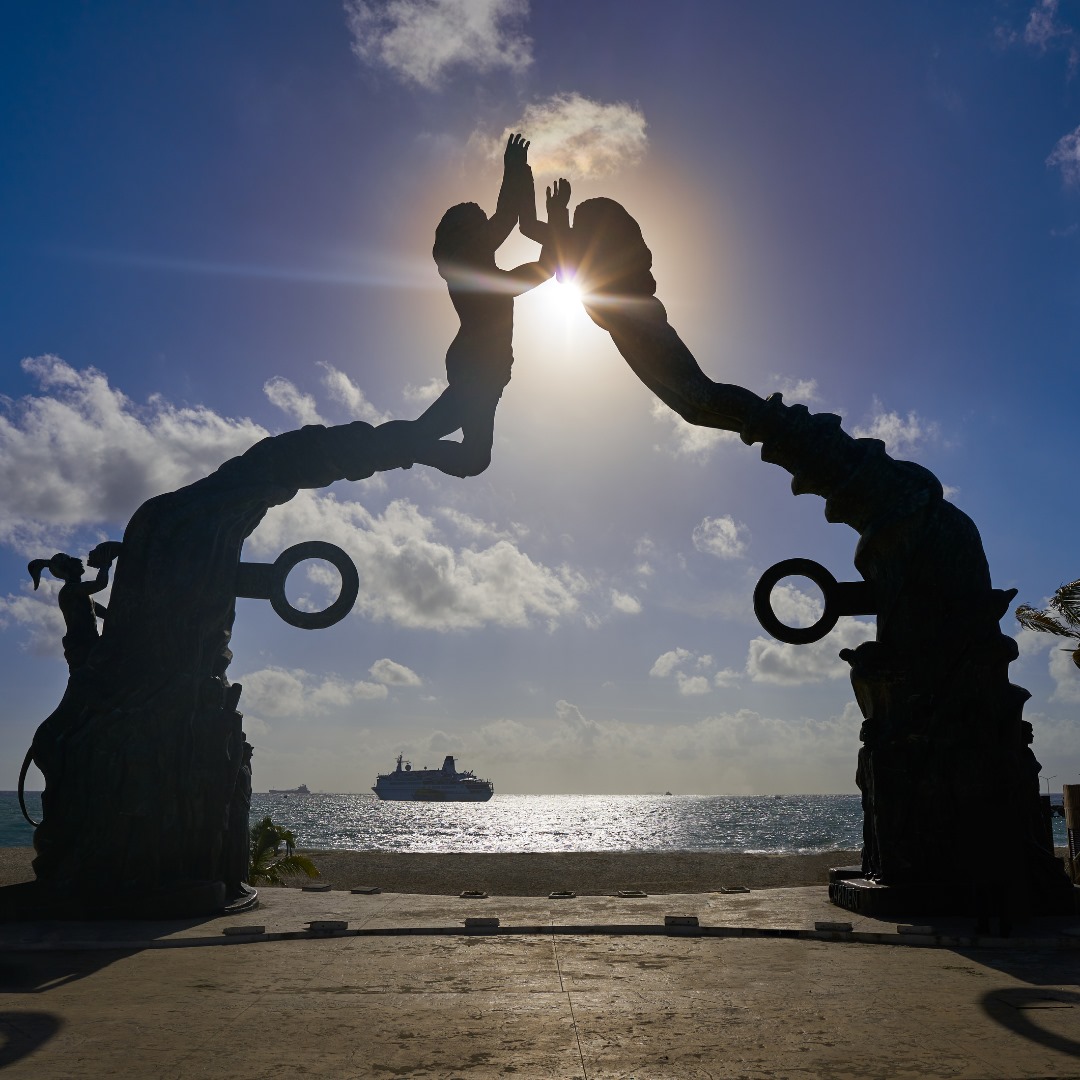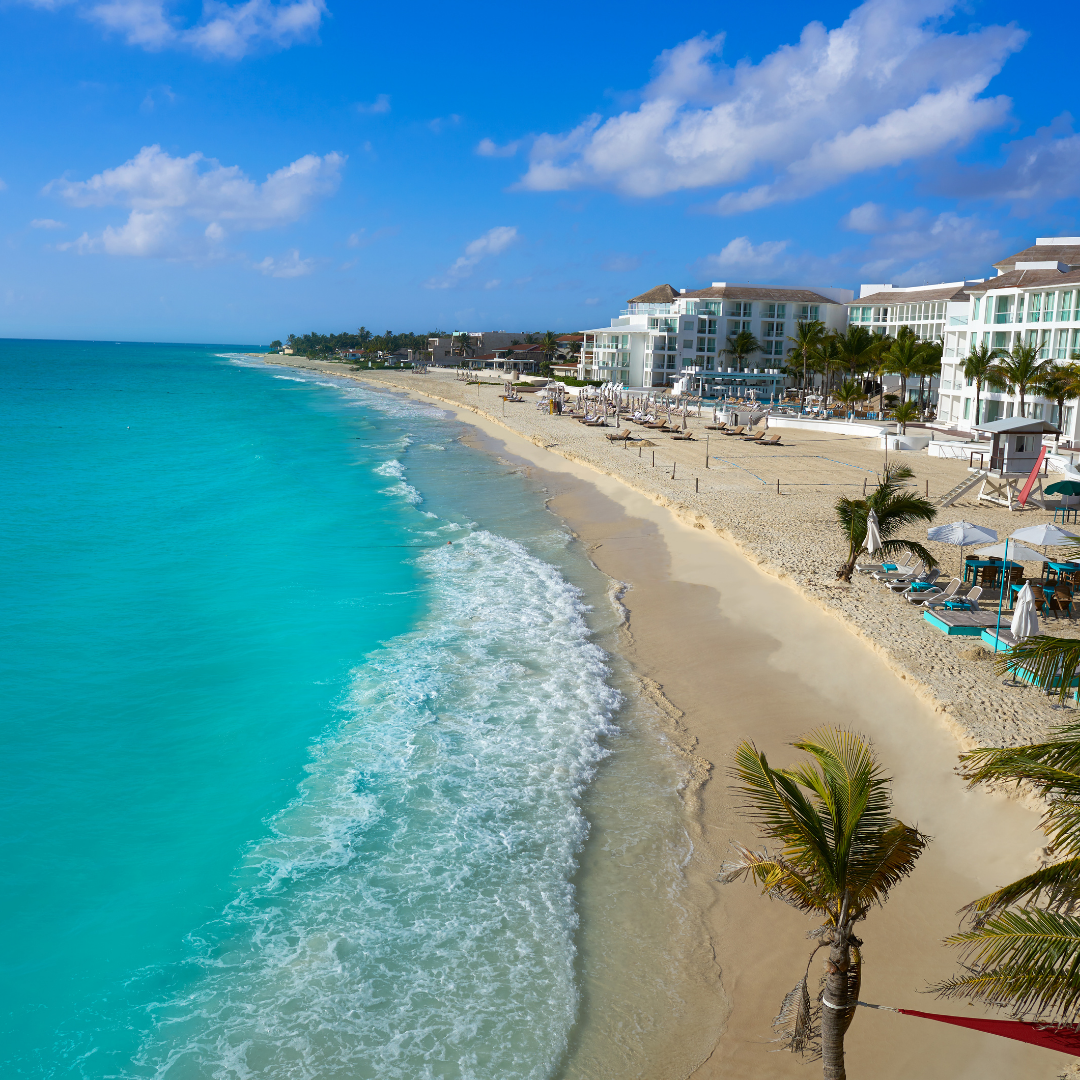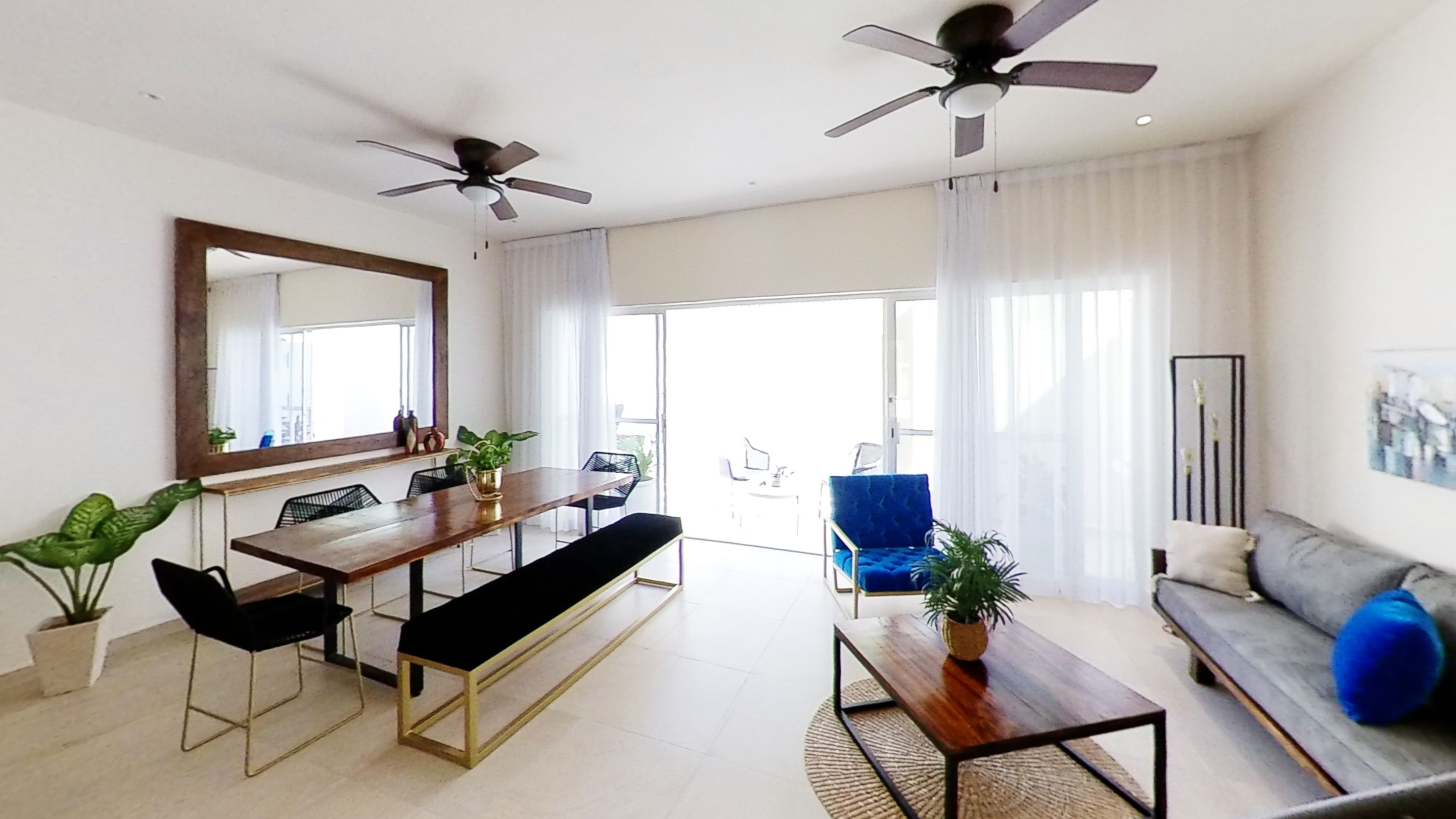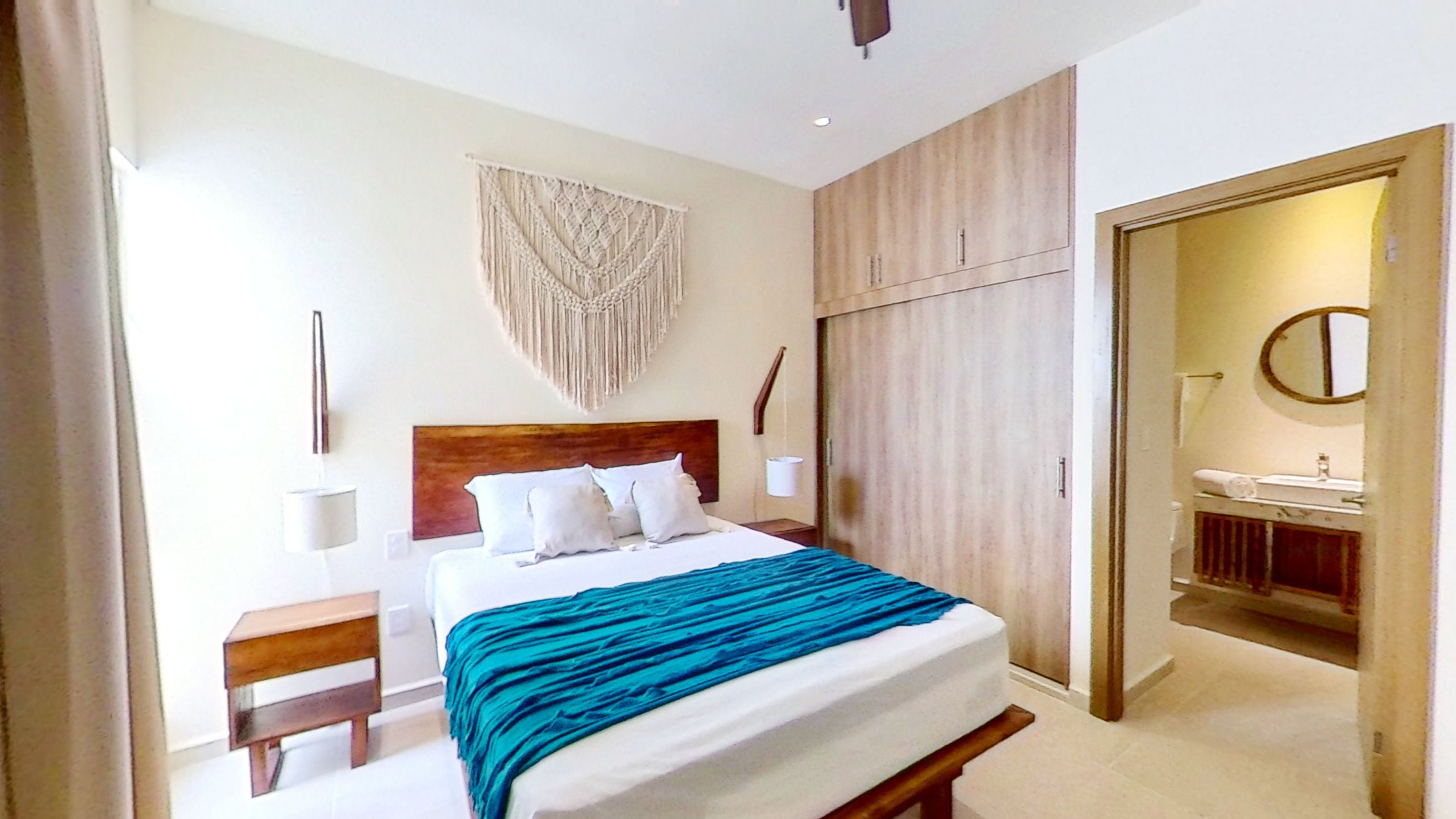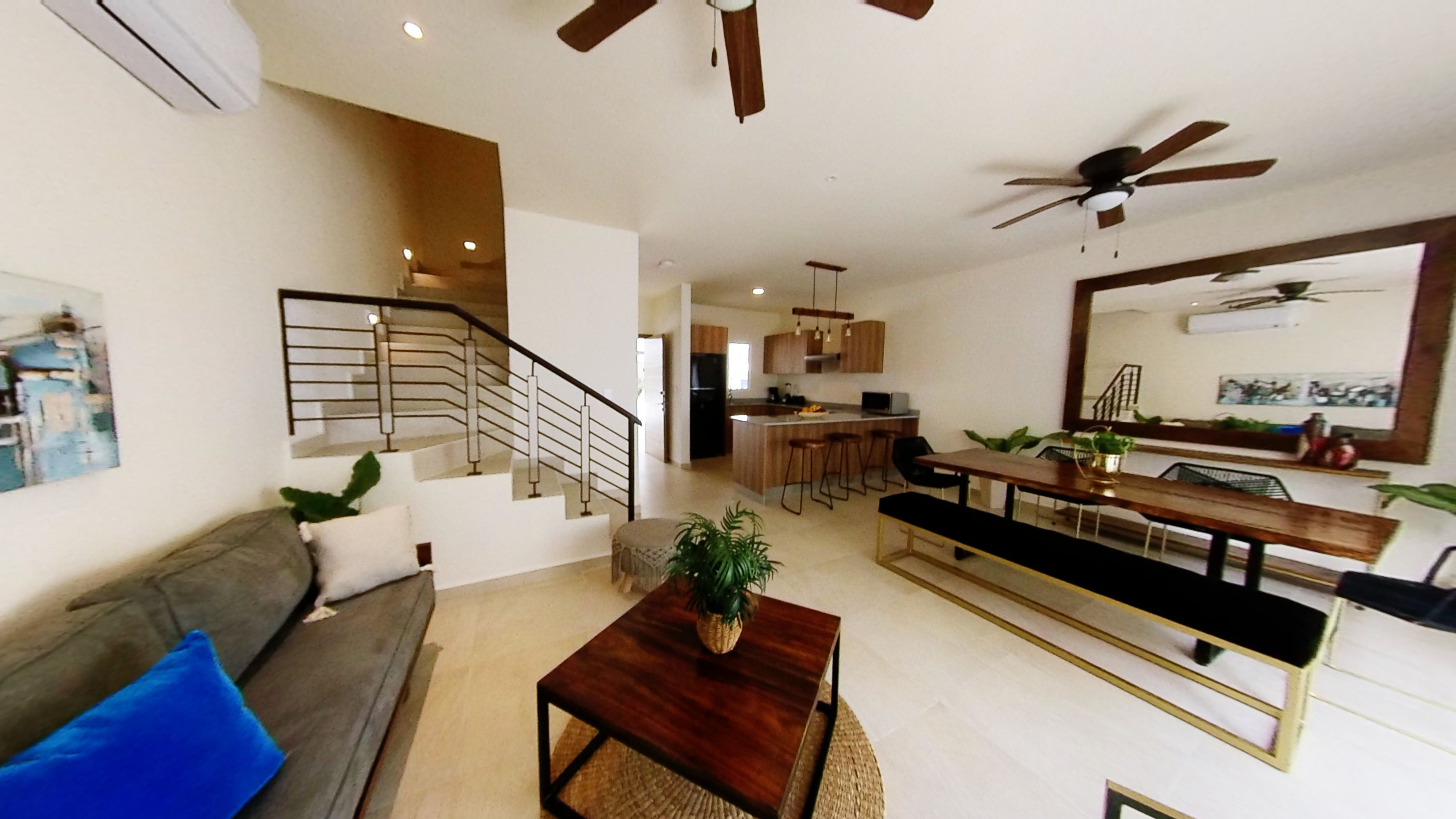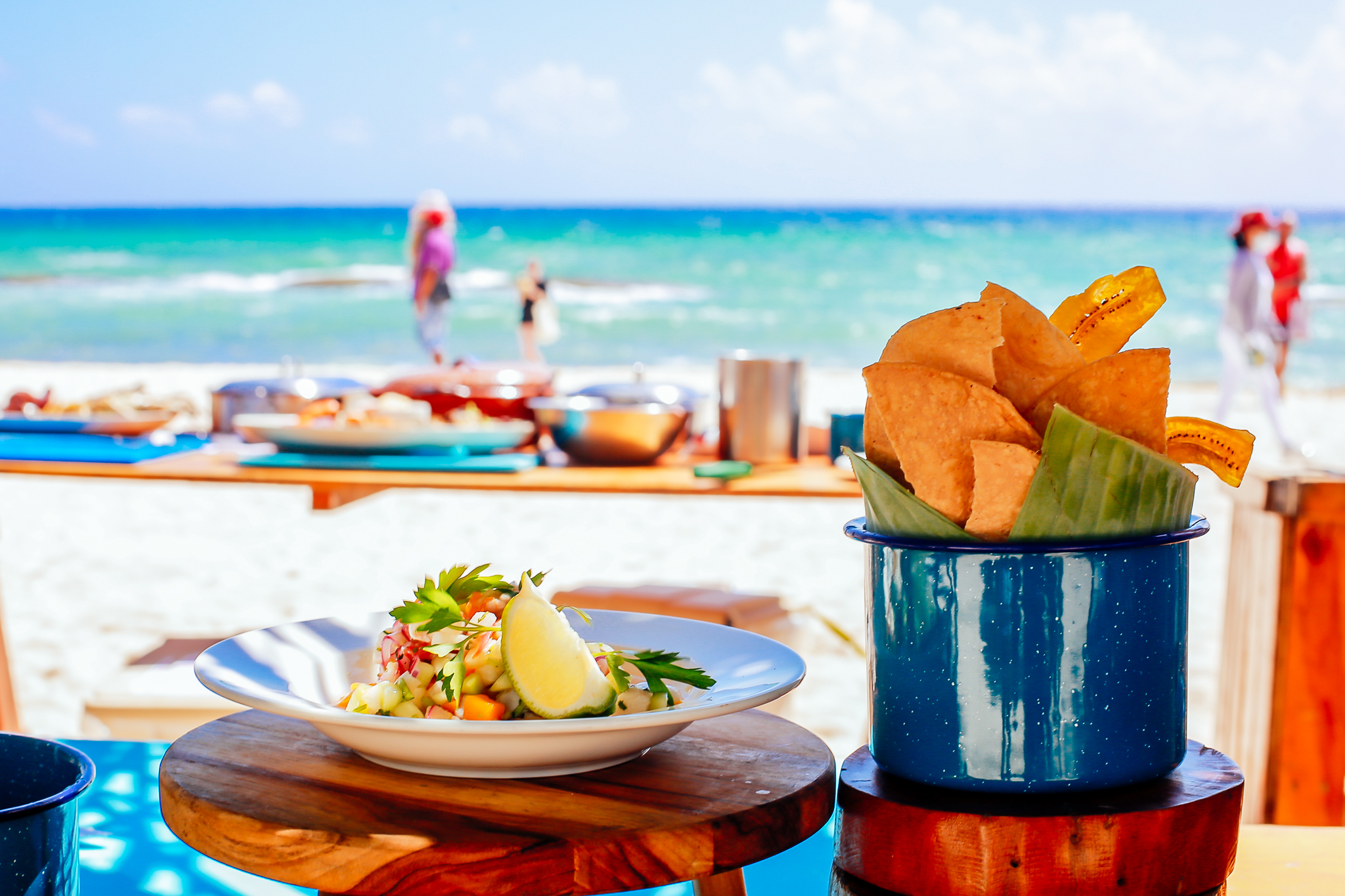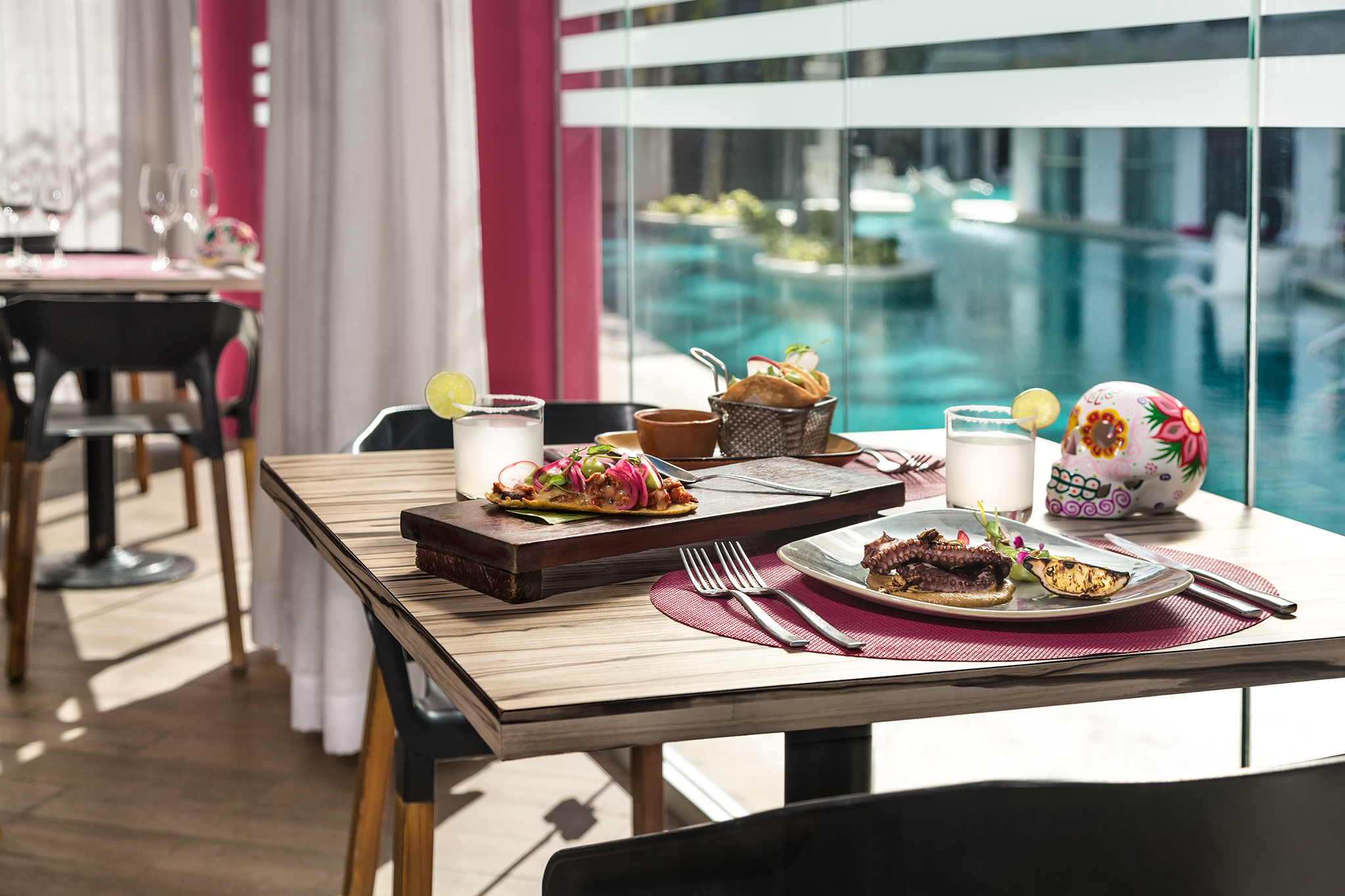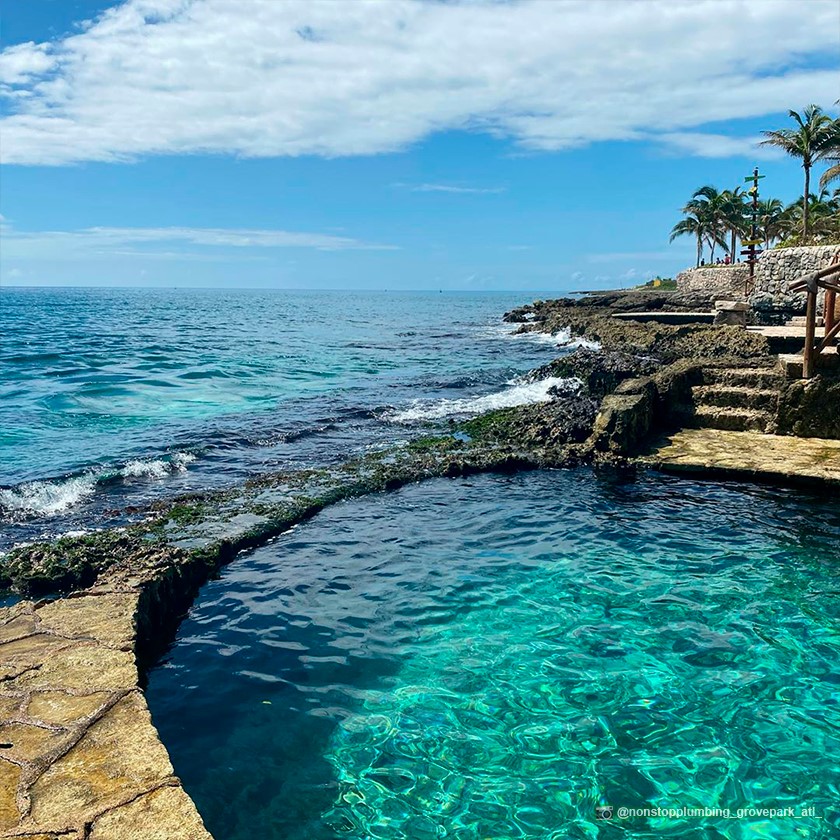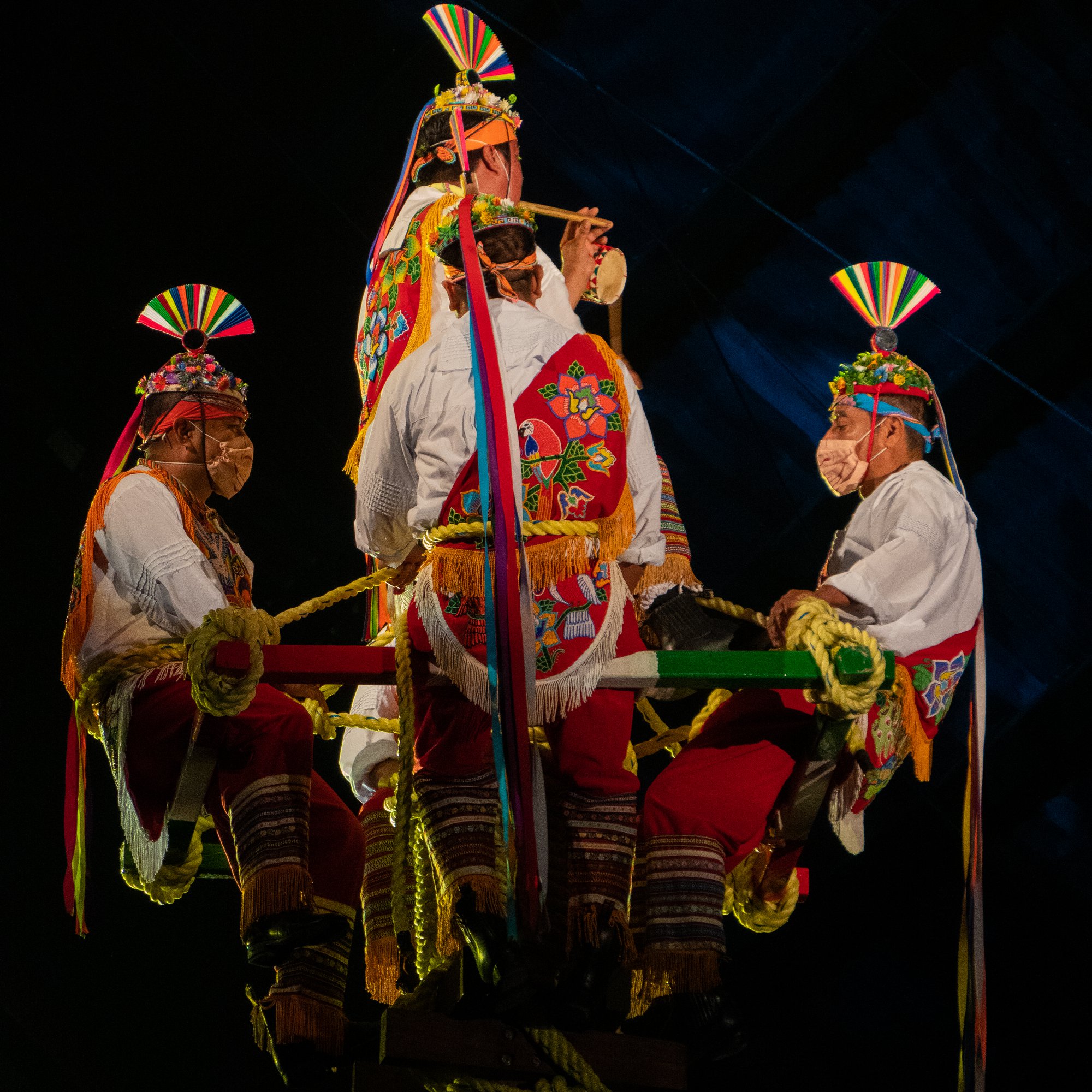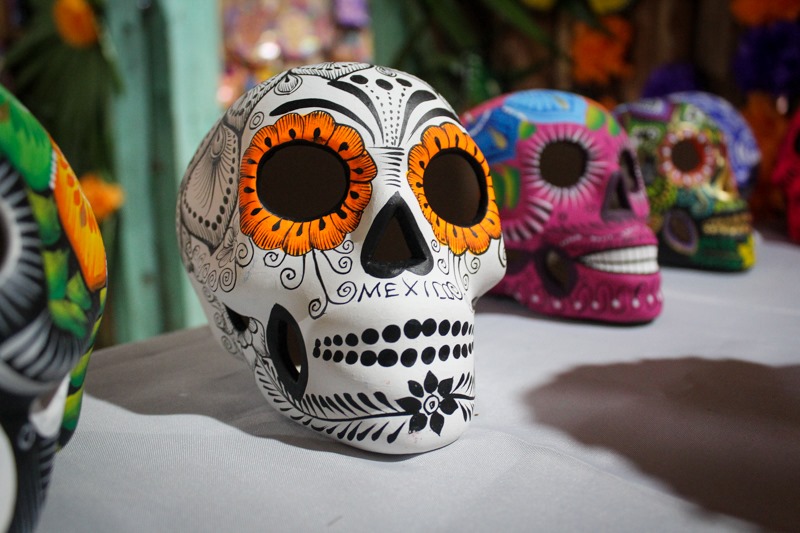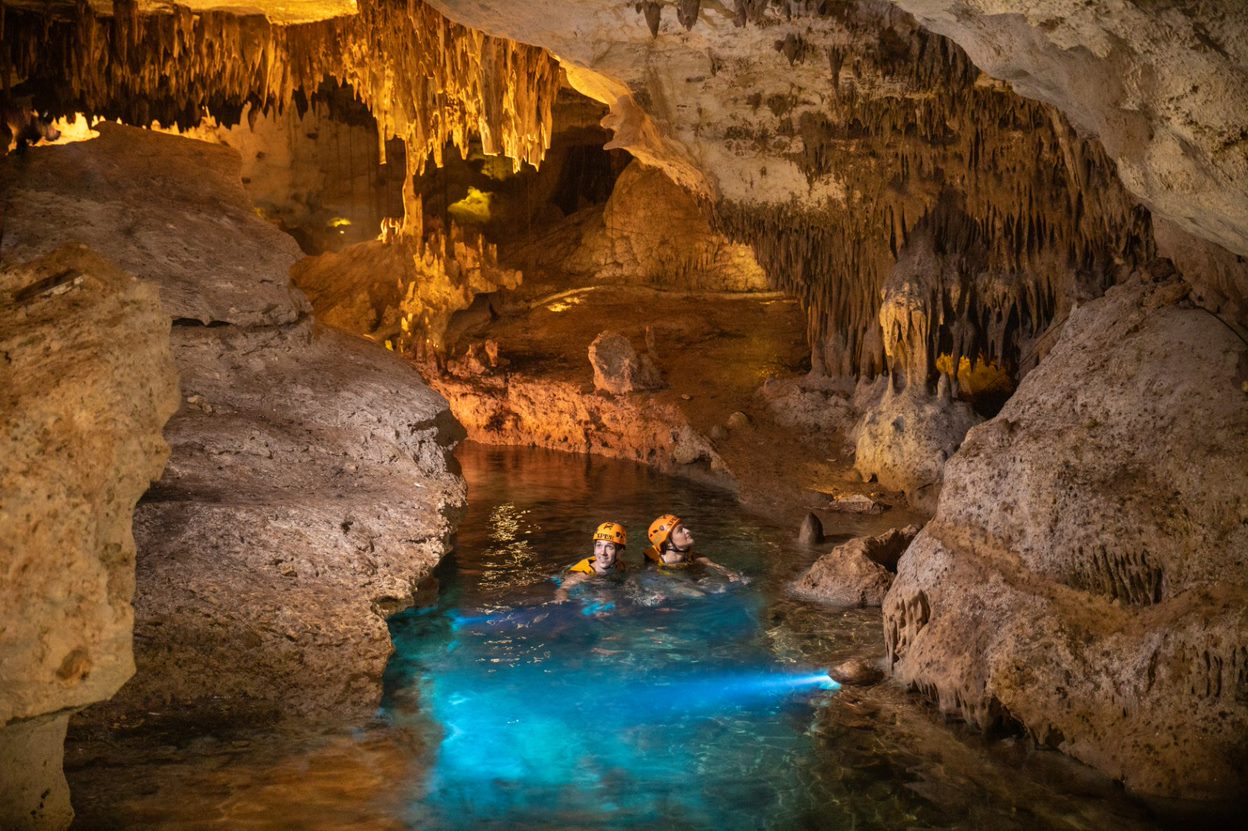CFE stands for Comisión Federal de Electricidad, which is the Federal Electricity Commission.
Do you know what the DAC fee is? It is the rate that for its acronym represents high consumption domestic service.
This rate is applied to services that allocate energy for exclusively domestic use, individually to each residence, apartment, condominium apartment or house, considered high consumption or that, due to the characteristics of the service, is required.


A service is considered high consumption when it registers an average monthly consumption higher than the high consumption limit defined for your locality.
In Quintana Roo, the average monthly consumption registered by the user will be determined with the average of consumption during the last 6 months.
The high consumption limit is defined for each locality based on the rate in which it is classified.
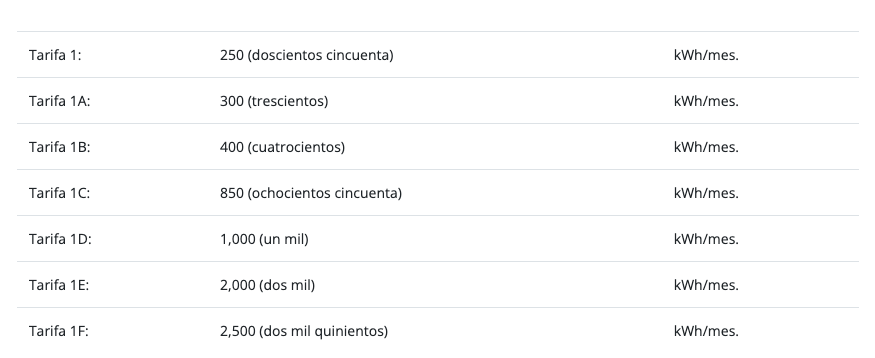
When the user’s Average Monthly Consumption is higher than the High Consumption Limit, he will be re-classified to the High Consumption Domestic Rate (Tarifa Doméstica de Alto Consumo DAC). When the user maintains an Average Monthly Consumption lower than the High Consumption Limit set for his locality, the supplier will apply the corresponding Domestic Service Rate.
For this reason, it is extremely important to maintain a low average monthly consumption, so that your rate continues within the high consumption limit defined for your location. Some ways to achieve this are: disconnect electrical appliances that are not being used, do not leave the air conditioners on and use them responsibly.
Don’t be surprised by the next receipt from CFE! Stay within your local high-consumption limit.


